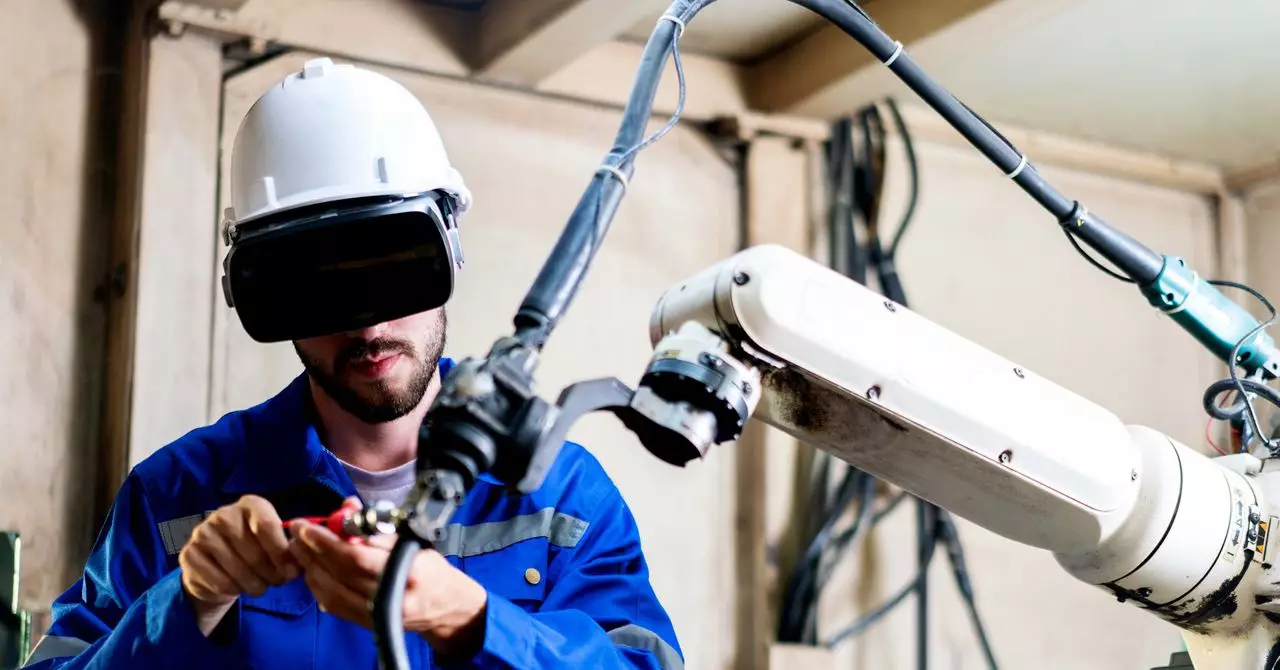The dawn of the industrial metaverse marks a transformative shift in manufacturing processes, leveraging advanced technologies to streamline operations and enhance productivity. Gone are the days of labor-intensive and time-consuming methods, such as physically testing how a vehicle chassis fits within production lines. Today’s manufacturers are harnessing the capabilities of digital twins and simulations, a shift that significantly reduces both time and costs across the board. The transition from traditional manufacturing processes to an interwoven digital landscape illustrates not just change, but a revolution in operational intelligence.
The Metaverse’s Industrial Application
While the consumer-oriented vision of the metaverse, heavily promoted by tech giants aiming for social connection and leisure engagement, has encountered numerous obstacles, its industrial counterpart is soaring. A report by the World Economic Forum anticipates that the industrial metaverse could burgeon to a remarkable $100 billion market by 2030. This application goes beyond mere remote meetings and online socialization. In the context of manufacturing, it encompasses a broad spectrum of technologies—augmented reality, simulations, and the innovative use of 3D modeling—all converging to enhance the capabilities of industry.
“Harnessing spatial computing,” as Varvn Aryacetas of Deloitte aptly puts it, signifies a pivotal approach where the physical intertwines seamlessly with the digital. This convergence opens up an expansive realm of possibilities, from virtual training environments to sophisticated modeling for product design, enhancing collaboration and efficiency.
Industry Leaders on the Forefront of the Transition
Nvidia’s launch of its Omniverse platform is heralded as a game-changer for industrial applications. This trailblazing suite of tools fosters an environment where manufacturers construct detailed simulations and develop digital twins. Rev Lebaredian of Nvidia emphasizes the expansive utility of these digital representations. Automating systems and streamlining operations play a critical role in future-proofing production lines that increasingly rely on autonomous technologies. This groundbreaking platform enables companies like Lowe’s and Amazon to reimagine their operational layouts in virtual spaces before any physical implementation, affording them the insight to mitigate potential challenges beforehand.
Zaha Hadid Architects, renowned for its visionary designs, utilize digital models to facilitate remote team collaboration, while companies like BMW are at the vanguard of employing virtual models for every aspect of their manufacturing sites. This proactive planning, as seen in their latest factory in Debrecen, Hungary, is essential in a global landscape where efficiency can dictate market success. The adoption of the Pixar-derived Universal Scene Description (OpenUSD) file format sets a new standard, allowing complex 3D models to be created and manipulated with unprecedented accuracy and detail.
The Transformative Impact of Virtual Factories
BMW’s approach to digital twin implementations goes even further. The car manufacturer’s process is a meticulous endeavor, where every aspect of their factories—including equipment and workforce dynamics—is meticulously recreated in a virtual realm. The intricacies involved in crafting a virtual factory portfolio illustrate just how evolved this method has become. Imagine traversing a facility that spans a half-hour walk as a richly rendered digital environment—BMW is essentially constructing a high-fidelity replica of reality within which they can experiment and innovate without the constraints of physical limitations.
Furthermore, the shift from an early gaming-style navigation model to a more intuitive interface akin to Google Street View underscores the emphasis on user-friendly experiences, allowing stakeholders of varying technical expertise to engage with it effortlessly. These steps are not merely technical refinements—they symbolize an ideological leap towards embracing a digital-first manufacturing paradigm.
Reimagining the Future of Manufacturing
The confluence of technology and manufacturing epitomized by the industrial metaverse signifies more than just an evolution in production techniques; it embodies a philosophy rooted in innovation, collaboration, and efficiency. This new chapter encourages companies to redefine their operational strategies, fostering environments where creativity can flourish and the digital and physical worlds coexist harmoniously. In this rapidly changing landscape, organizations that can adeptly navigate this technological shift will not only survive but thrive in an increasingly competitive global marketplace. As the industrial metaverse continues to develop, it will undoubtedly catalyze new ways of thinking that could set standards for future manufacturing practices, challenging long-held notions of factory efficiency and productivity.


Leave a Reply